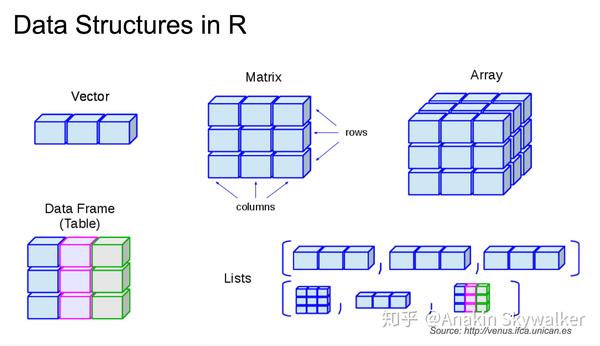二叉树算法题
1.给定两个树的节点node1和node2,找到他们最低的公共祖先节点:
方法一:
- 遍历整个二叉树,将所有节点的父节点以<Node,Node>形式存入hashmap中
- 创建HashSet,从node1开始依据HashMap依次将自己的父节点存入HashSet中
- 从node2开始溯洄父节点,一旦存在HashSet中就停止,此时就是首个公共祖先节点
//主函数
public static Node finFather(Node head, Node node1, Node2) {
HashMap<Node,Node> hashmap = new HashMap<>();
hashmap.put(head,head);
process(head,hashmap);
HashSet<Node> set1 = new HashSet<>();
Node o1 = node1;
//循环至头节点停下
while(o1 != hashmap.get(o1)){
set1.add(o1);
o1 = hashmap.get(o1);
}
//将头节点添加
set1.add(head);
Node o2 = node2;
while(set1.get(o2)==null){
o2 = hashmap.get(o2);
}
return o2;
}
//存储父节点函数
public static void process(Node head, HashMap<Node.Node> hashmap) {
if(hashmap == null) return;
hashmap.put(head.left,head);
hashmap.put(head.right,head);
process(head.left,hashmap);
process(head.right,hashmap);
}
方法二:
分析node1与node2可能的关系:
- node1是node2的祖先 / node2是node1的祖先:返回node1 / node2
- node1与node2彼此不互为公共祖先,返回向上汇聚的祖先节点
public static Node findFather(Node head, Node node1, Node node2) {
if(head == null || head == node1 || head == node2) {
return head;
}
Node left = findFather(head.left, node1, node2);
Node right = findFather(head.right, node1, node2);
if(left != null && right != null) {
return head;
}
return left != null ? left : right;
}
2.二叉树找到一个节点的后继节点:
public class Node {
public Node left;
public Node right;
public Node parent; //指向父节点
public int value;
public Node(int val) {
this.value = val;
}
}
后继节点:中序遍历二叉树后,每个节点的下一个节点是此节点的后继节点
(中序遍历打印每一位节点,相邻的后一个打印的节点是前一位的后继节点,相邻的前一节点是后一节点的前驱节点)
方法一:
中序遍历生成列表,依次查询列表找到后继节点
方法二:
分析后继节点的可能情况:
- 当前节点存在右树:后继节点是右树的最左节点
- 当前节点没有右树:判断是否为父节点的左孩子:是,父节点为后继;不是,继续看父节点(没有右数说明已经是某左子树最后一个节点)
- 前两者无法找到后继节点:后继节点为空,这个节点是二叉树中序遍历的最后一个节点
//主程序
public static Node getNextNode(Node node) {
if(node == null) return node;
if(node.right != null) { //情况1
return getLeftMost(node);
}else {
Node parent = node.parent;
while(parent != null && parent.left != node) { //情况2和3
node = parent;
parent = node.parent;
}
return parent;
}
}
//走左子树
public static Node getLeftMost(Node node) {
if(node == null) {
return node;
}
while(node.left != null) {
node = node.left;
}
return node;
}
3.二叉树序列化与反序列化
内存 → 字符串 :序列化
字符串 → 内存:反序列化
先序序列化:
public static String serialTree(Node head) {
if(head == null) return "#_";
String res = head.value + "_";
res += serialTree(head.left);
res += serialTree(head.right);
return res;
}
先序反序列化:
//排序
public static Node reconSerialTree(String str) {
String[] values = str.split("_");
Queue<String> queue = new LinkedList<>();
for(int i = 0; i != values.length; i++) {
queue.add(values[i]);
}
return reconOrder(queue);
}
//组成树
public static Node reconOrder(Queue<String> queue) {
String value = queue.poll();
if(value.equals("#")){
return null;
}
Node head = new Node(Integer.valueOf(value));
head.left = reconOrder(queue);
head.right = reconOrder(queue);
return head;
}
中序,后序同理
本博客所有文章除特别声明外,均采用 CC BY-NC-SA 4.0 许可协议。转载请注明来自 IT蛋的个人博客!

